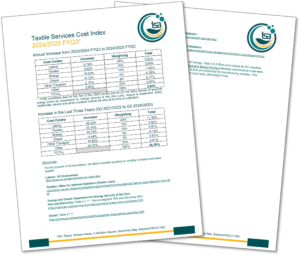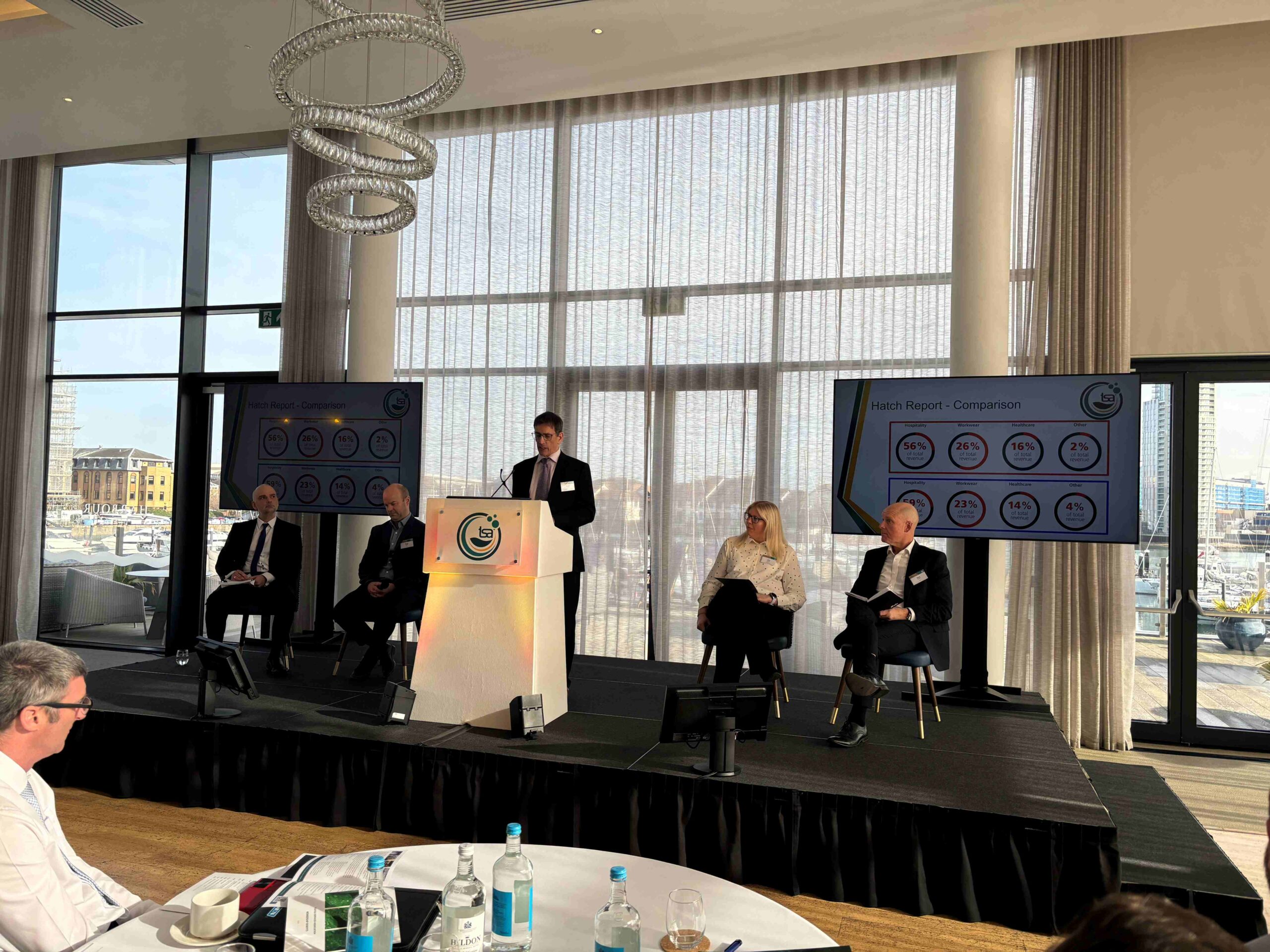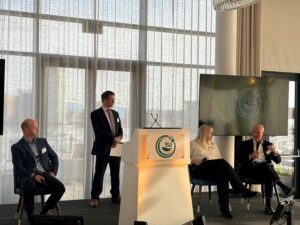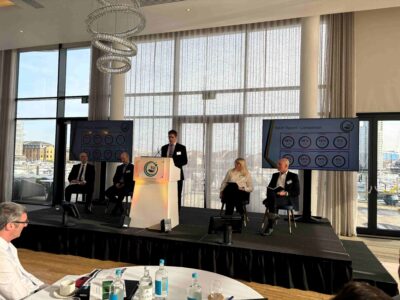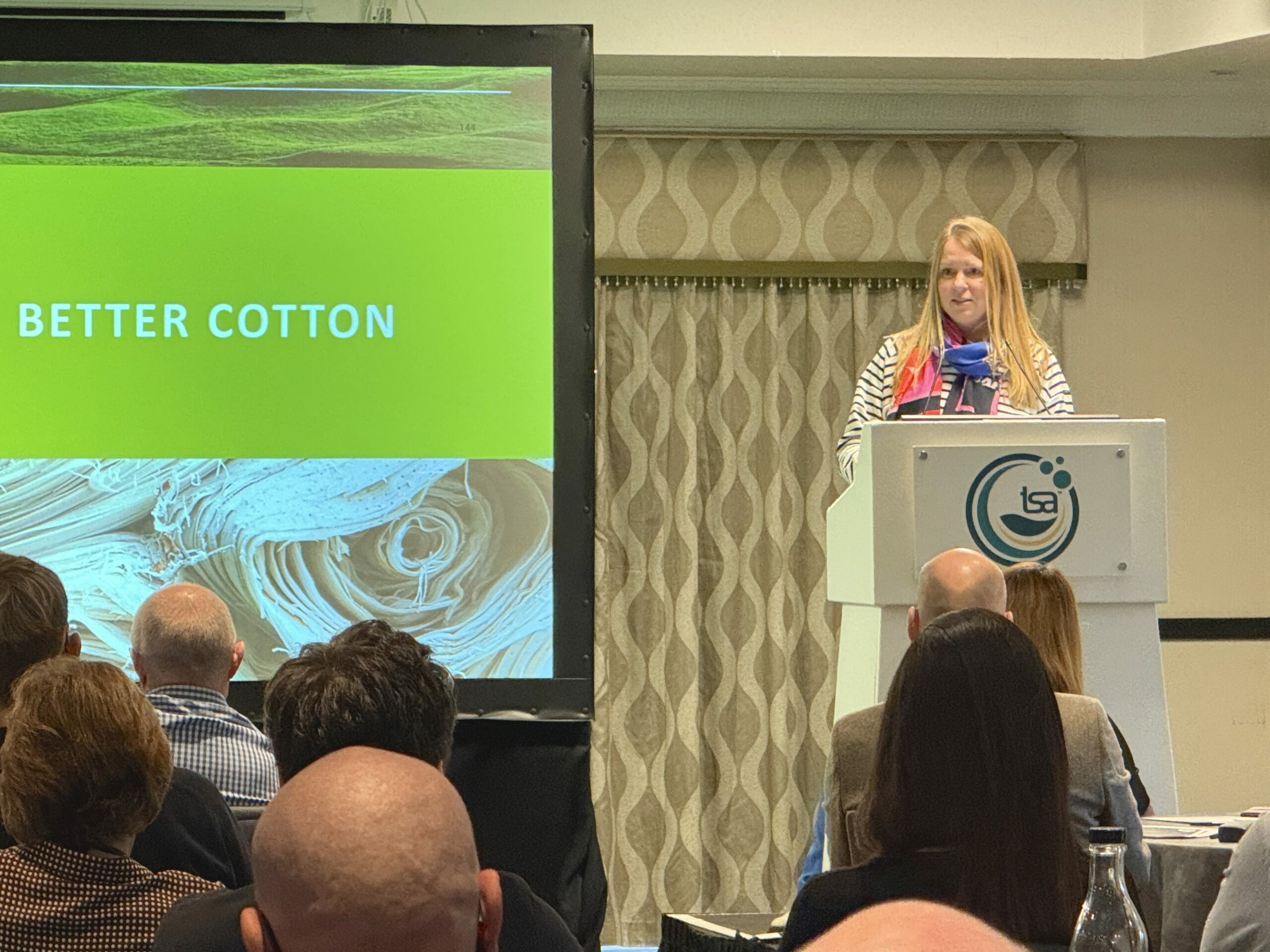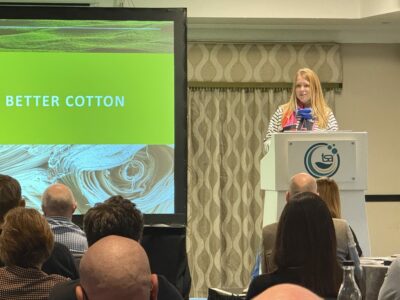Our recently launched GLARE platform embodies both principles of collaboration and data. The platform helps our members know what data they need to collect to understand the carbon emissions of their business, and how these compare with the sector at large. Each Scope from 1-3 is covered, so members can see what aspects of their operation fall into which Scope. GLARE also offers guidance on where to look to find the data and how to record it, too, through shared data platforms, helper tools, and the support network managed by the TSA. It is a resource that the majority of our members will now be using, from big corporations to smaller scale operations, GLARE creates a level playing field in terms of the results, reducing the risk of miss-reporting.
GLARE will also give our members an opportunity to discuss their findings, which we hope will lead to greater collaboration. The platform is also being rolled out to other national associations, with the vision that GLARE will be seen as the go to platform for the commercial laundry sector globally. As Benita told the conference, “the challenges we face in the future require us to work together.” It’s up to our members what they chose to share, but at the very least we should see patterns emerging. Recognising that common ground is surely a positive step towards tackling the challenges we all face.
Looking beyond GLARE, commercial laundries have been at the forefront of creating the circular economy. Our Infinite Textiles scheme is built on this principle. When we started this it was all about recycling, an end to end certification process. We then realised the industry had a lot of gaps in terms of managing assets in the beginning. Now we’re looking at that scheme to include all the supply chain both up and down stream. That said, while bed linen is relatively straightforward to recycle, clothing with zips and surgical textiles, for example, is far more difficult. The technology to do this is out there, but there’s no industrial scale recycling in the UK. Switzerland has committed to create a National Recycling Department but as it stands, the bulk of the UK industry’s recycling is sent overseas. Clearly we need something that can make recycling textiles scalable here too, a topic the TSA is discussing with the Department for Environment Food and Rural Affairs (DEFRA).
Lobbying with government is a slow process, but it’s a vital part of what we do on behalf of our members and the industry at large. Thankfully, the message is getting heard. The UK government has put together a circular economy task force, and in a recent report both the TSA and our Infinite Textiles scheme were highlighted*. The collaboration between our industry and the government could fundamentally change the recycling process for textiles, both nationally and beyond.
Since 2012 the commercial laundry industry has reduced energy use overall by 30%. While we’re making progress, the reality is that the industry currently burns 2.89TWh of energy a year. That is enough energy to power up Liverpool, Oxford and Cambridge. We have to keep pushing a greener agenda. Another key sustainability factor is increased electrification in commercial laundry facilities, which could be a gamechanger. Providing our members with more environment focused events, like the Sustainability Open Day, is part of this. Training the sector about Scope 3 emissions within the supply chain is another incentive in introducing GLARE.
The TSA will continue to be a catalyst to encourage sustainability. Over 80% of our members have already signed up to GLARE, and many of our industry events, from the Sustainability Open Day to the Autumn Conference, regularly sell out. All this underlines our members’ commitment to work together and keep reducing our energy and overall carbon footprint. It’s a long journey, but we’re moving in an encouraging direction.
The next important step in the journey will be the meeting between the TSA and representatives of UK Hospitality scheduled for June 25th 2025. This will aim to bring the sustainability programs of the two sectors into alignment, ensuring that they are complementing each other.


